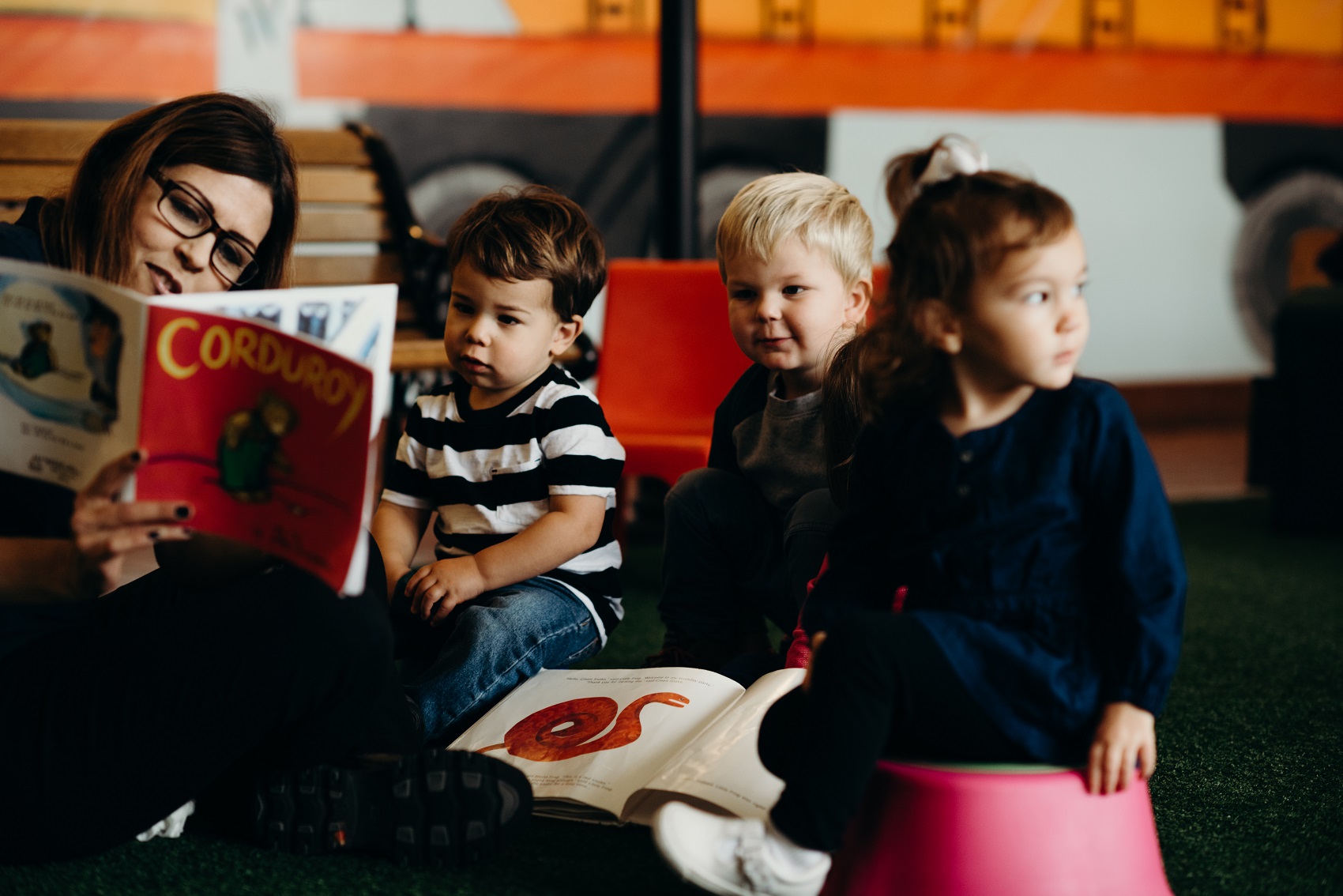| Of course it was much easier for Fred to set that kind of a slow, methodical pace because he was talking to a camera in a television studio. In our fast-paced world and with all that’s going on in a classroom of young children, that’s obviously more challenging. Here are some ideas to keep in mind that I’ve learned from Fred and others:
Take a deep breath
Have you been in a workshop when the leader starts by asking you to take a deep breath and slowly let it out? I have, and I’m always amazed at how just that simple “activity” settles me down and relaxes my muscles and my mind – and opens me up for learning. Try it now. And try it with the children, especially when you want to help them calm down so they’ll be ready to watch and listen to what you have to say.
Give Children Quiet Time to Think
When you give children quiet time to think, you’re helping them develop one of the important tools for learning — reflection. Silence lets them digest, internalize and make connections at their own pace. I know teachers who ask a question and then tell children NOT to reply right away, but to take some time to think. It can take a lot of self-discipline on our part to not jump in too soon to provide answers or even to scaffold too soon.
One of my granddaughters reminded me of that, when I asked her what her favorite season was. She didn’t answer, so I started to tell her mine. I learned a lot that day because she interrupted me to say, “Wait, Grandma. I’m still thinking.”
Do It Again and Again
Part of what makes Fred’s pacing so comfortable is that he didn’t jump from one thing to the next. Just like you can see in the video, he often demonstrated the same thing over and over again, sometimes with a slight variation so you could understand more about it. We can’t assume that children, especially young children, get the full experience from a one-time showing. Just as they like favorite books read over and over again, they gain a sense of mastery – and discover new things in repeated experiences. |
